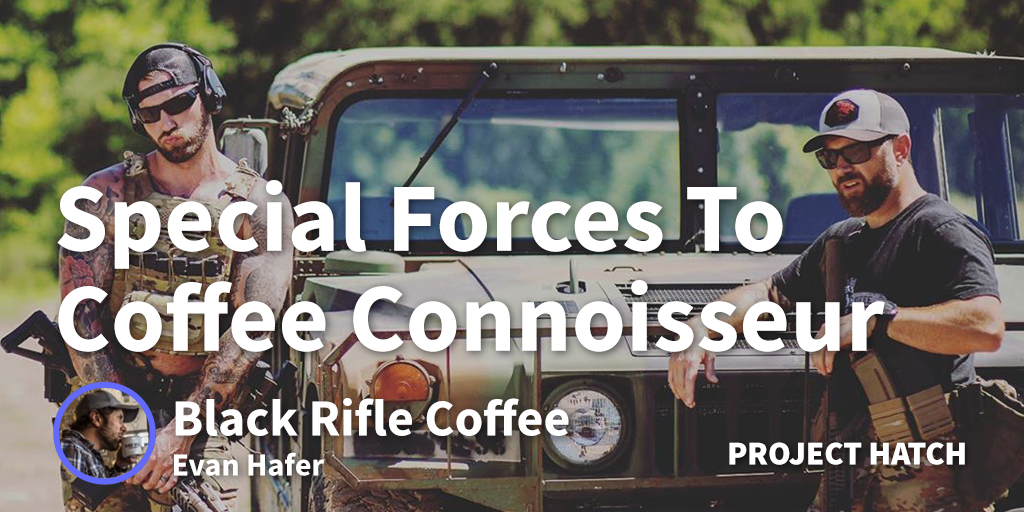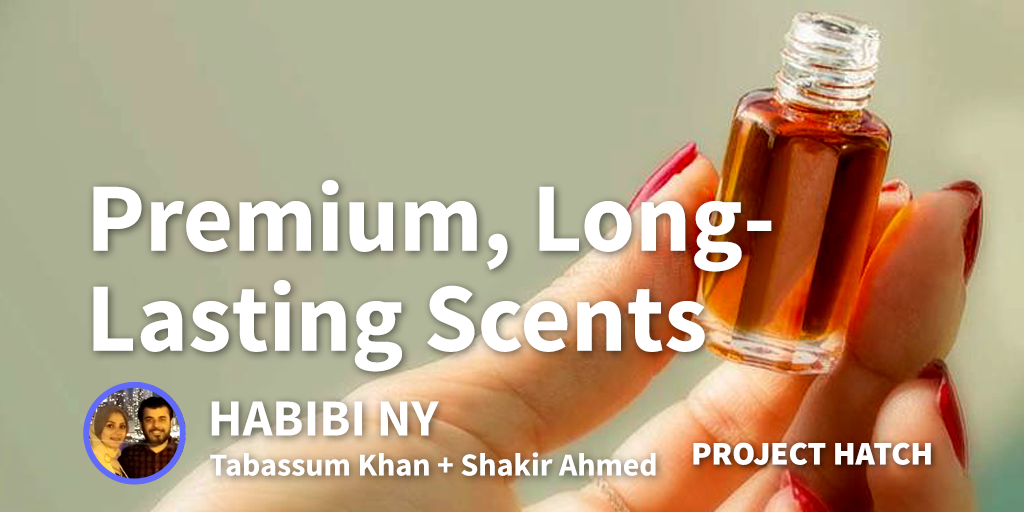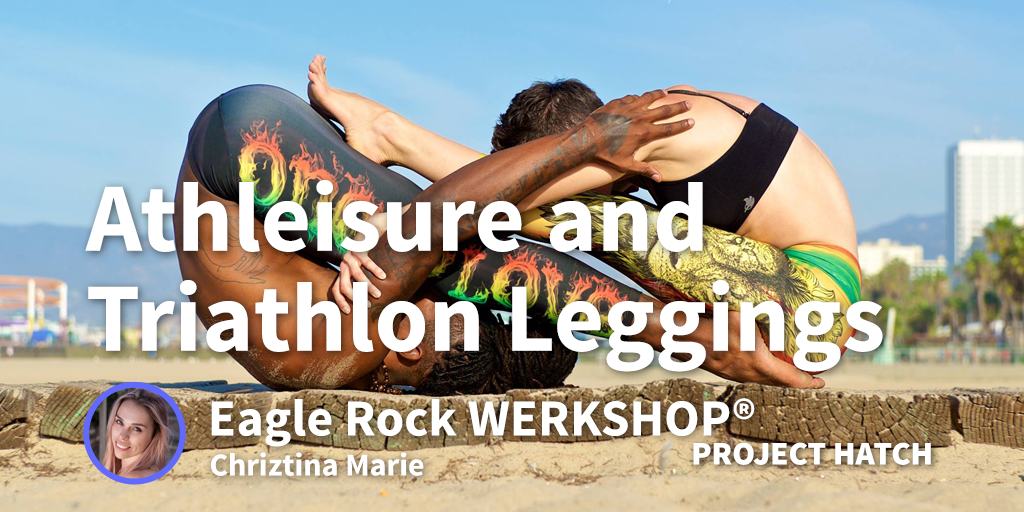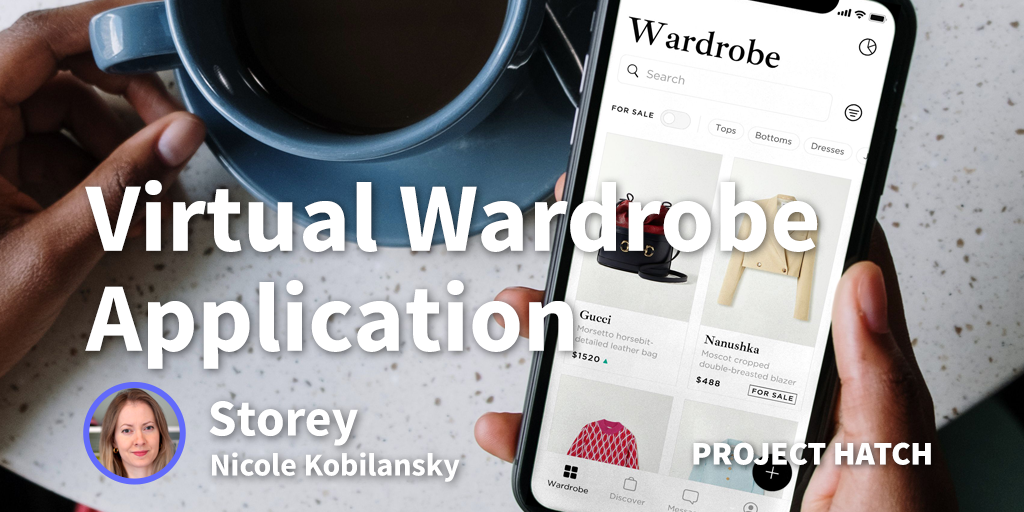Many companies steer well clear of divisive political stances. However, Black Rifle Coffee have used controversy to their advantage by creating coffee for a passionate niche. Proponents of the brand include the likes of Fox News presenter Sean Hannity.
“I woke up one morning and Sean had tweeted about the company, it was organic. It took me a few days to get in contact via Twitter and thank him. Sean’s been a great proponent of the company, and we’re obviously fans of his. So it’s been a great relationship for us. We have a paid partnership now. He transitioned from an authentic user of the brand.”
Between deployments in the Middle East, Hafer refined and combined his passions for coffee, veterans, and pro second amendment communities.
Hafer's coffee beans have names names to match the brand, there is "Sniper's Hide Blend," "Freedom Blend" "AK-47 Blend," and "Silencer Smooth Blend" .
I recently got the chance to talk to Evan about coffee, companies and what success looks like.
“I would rather create 100 millionaires than have $100 million. Wealth is great and people have to have aspirational goals. Sometimes aspirational goals are hinged to materialistic possessions, and I'm not naive to that nor am I immune to it. I would rather have money to do abstract and interesting things with our friends that creates value in our relationship than buy a private jet. If I’m just flying around a private jet by myself, it’s really just f*****g stupid.”
I wanted to start a coffee company probably as far back as 1997; I’ve always really enjoyed coffee. I was living in Seattle at the time, and it was just before the big coffee boom. I always felt that after the military, I would have a coffee company of some type — and when I say that, I was thinking about a small roaster shop in the northwest of the United States.
Fast forward a few years when I joined the military — I was a Green Beret, then eventually went on to the CIA because I enjoyed serving the United States in conflict areas. I started roasting coffee somewhere between 2006 and 2008.
For me, Iraq blends all together, so it’s essentially one long memory, not a bunch of different memories. I was there from 2003 to 2009, for the majority of each year. The only way I can differentiate between timeframes is based on city.
So, I was working in a city called Kirkuk, and I started roasting coffee between deployments. I got a small roaster and began making coffee that I could take overseas — this is when I started learning how to curate roast profiles. I did all this with the intent of developing a skill that I could enjoy, as well as discovering new and interesting things about coffee. At the same time, I was preparing myself for a future endeavor.
A lot of coffee shops started to pop up in Seattle in the ’90s, including Starbucks, did this inspire you?
Starbucks really wasn’t the best coffee shop in Seattle. The micro-lot roasters were starting to pop up. There were fantastic espresso and pour-over stations outside of Starbucks.
So there's Caffe Vita and Vivace. Vivace’s up on Capitol Hill — I still think they do espresso better than anyone in Seattle. The founder of Vivace wrote a book about espresso, and I bought it 20 years ago because it was interesting to me.
Starbucks isn’t putting out information on how to make better coffee or how to roast. Most of these other guys, I could go in and talk to and look at what they were doing.
From Seattle, I went to the East Coast, and there really wasn’t any coffee to speak of. Nobody that was doing it on an artisan level — I’m sure there was, but I just couldn’t find it. And then going back between Iraq and Afghanistan, I ran into a guy from Denver who had a shop called Kaladi Brothers, and he was a coffee roaster. He was using an air roaster when I was talking to him.
My history with coffee goes back 20 years — that’s how long I’ve been roasting and talking to roasters. Between deployments, I would take a lot of time to go to coffee festivals — I would even plan my time back home around coffee festivals. So it wasn’t just in 2014 that I decided I was going to be a coffee guy — I’d been doing it 20 years.
How did you initially fund the company?
I started with $1,800 and bought the roaster in 2007, built my own website, took my own pictures, roasted my own coffee, and we didn’t really need funding. By the time I had that stuff up, I started making some videos. We ultimately started selling coffee based on a self-taught mechanism between marketing and the coffee-roasting function. I self-funded for two years, just rolling all the profits back into the company.
What early marketing did you do for Black Rifle?
Based on the authenticity of the brand — I was a firearms instructor for a while and have a background that’s very patriotic — I think people resonated with the message. When we started making videos and making a social media presence, there were more people aware of the company. Based on our marketing position, people were attracted to the messaging. We were really just trying to create entertaining videos for our customers. It just happened that a lot of people saw the posts.
How did the Sean Hannity partnership come about?
I woke up one morning and Sean had tweeted about the company, it was organic. It took me a few days to get in contact via Twitter and thank him. Then we had a few conversations, and we flew out to New York to meet with him six months later. It was great. Sean’s been a great proponent of the company, and we’re obviously fans of his. So it’s been a great relationship for us.
We have a paid partnership now. He transitioned from an authentic user of the brand. I felt it was right to strike a marketing deal as he was continuing to push the product. You know, people love the company. For me, that’s one thing, and I love that they push it. But, ultimately, you have to pay for people’s time and work — it’s the only ethical thing to do. So you create a relationship based on authenticity, and you develop a friendship and respect for each other that essentially turns into a business relationship.
You could bypass the system with marketing; however, that relationship is always more of an employer-employee relationship. This way, we have a mutual respect for one another’s brands, it develops more naturally, and it’s a better advertising relationship because they don’t feel like they’re being forced to do anything based on a paycheck.
Starbucks announced they would hire 10,000 refugees. Shortly after, you announced Black Rifle would hire 10,000 veterans. How did this come about?
It was in response to an executive order requiring a 90-day furlough for refugees coming into the U.S. from the Middle East. Starbucks, in my mind, was making a political statement against the president — and they’re a company, they can do that.
My focus is that you would have to create a relationship with the U.S. State Department in order to sift through the approved refugees, and that it's not possible to hire that many refugees — it’s not logistically even plausible. I say that based on the number of applicants who are accepted into the United States, based on how many employers are trying to hire refugees. One employer being able to hire that many people with official refugee status is an impossible task.
Starbucks hadn’t created that relationship with the state department — he (Starbucks chairman and CEO Howard Schultz) was just throwing it out there without actually knowing how to do it. So, I thought, if you’re going to do that, let’s bring the attention back to the veteran community. Let’s not talk about things we can’t do, let’s talk about something we can do. And I shifted the national conversation — it wasn’t even for Black Rifle — back to veteran hiring.
Compared to the national hiring averages, veterans are underemployed across the board. Essentially, I'm saying we should start getting our house in order before we start going to our neighbours. And we owe a heavy debt to our service members for the wars we’ve been in for over a decade. I felt like it was a misrepresentation of where the national priorities should be.
Are you opening any physical shops?
Yeah, we’re in the process. I think in 2020, we’ll have 20 shops.
Do they help with branding or also a significant revenue driver?
Your first year after opening a shop, you’re tacking on gross revenue but you’re not tacking on profit based on the cost of the shop. They will drive revenue though. In 2020, they’ll contribute around 20% of our revenue.
Are you looking to expand internationally?
I’m really focused on the U.S. I think you have to eat a steak one bite at a time — if you try to eat the whole thing, you’re gonna choke. So for us, we’re focusing in our own backyard. We’ve got a roasting facility just outside of Nashville, one in Salt Lake, another in San Antonio. So we’re focusing on the United States with limited distribution and expansion overseas. You can only tackle so many things so often.
How do you ensure you remain profitable while spending on marketing?
I steer clear of print, I steer clear of billboards. Everything needs to be measured — when you’re in startup mode, you have to measure your results and track them back to a positive ROI (return on investment). And if you can’t, then you should probably not do it.
Are you using Shopify for you backend?
We are. We have a custom dataset that we built last year. So I can pull data from across the board, from our social channels to our ecom channels, our audio impressions, our digital impressions. I can see where and how products are performing at the touch of a button, and it updates every two seconds.
How does Amazon perform for you?
It’s great for us. When looking at Amazon, you have to sacrifice a few things. You don’t get your attribution data, you don’t get your customer data — and I like to talk to my customers. If I want to pick up the phone and ask my customer how they enjoyed the product, I want to be able to do that. You lose that ability when you start selling your product over there. So for us, I always want to stay connected with the customer to make sure they’re having an incredible experience. And if they’re not, I also want to be able to communicate with them about that.
So for me, it’s far more important to be able to communicate with customers than sell on Amazon. Amazon does drive sales for us, but it’s an insignificant percentage of the gross revenue.
What does success look like for you?
Success is creating a community. It’s creating an ecosystem, and we’ve created a balanced ecosystem that’s working toward the same objective. The community is your customers and your employees — it’s one inclusive community. You’re always working for your customer to create exponential value in your product, with a tertiary mission to employ and empower veterans. If everybody is in line on that, you’re going to win. If everybody’s not on board, that’s where you start getting pulled in different directions. Maintaining mission focus is excruciatingly important.
Do you get a lot of repeat customers? How is growth looking?
We’ve been able to grow relatively fast. Our new customer growth constitutes roughly 30% year over year. Then there are the previous customers, who we have an incredible retention rate with. Our churn rate is lower that the national average by a long shot. Our customer growth is higher than the national average by a long shot. All the arrows in our data sets are pointed in the right direction. We have great customer service, we have great quality products. When you start getting red arrows, that’s when you really start to think you’re messing things up.
What advice do you have for people starting out?
I wrote a mission statement when I transitioned away from the military and into business.
My mission statement was to transition out of government service to a profession where we live a happy and fulfilling life. Everything we do is directed toward that mission. And there’s nothing about wealth in there, there’s nothing about power, nothing about abstract eco-based objectives. It keeps me focused to this day. If I’m pulling left or right from the mission statement, I know something is wrong. These internal struggles are incredibly difficult for any individual.
You have to conduct what I call “time triage” every day, and that allows you to continue to focus on your mission. The company is directly pointed toward my individual mission, and I keep it focused. Then our mission statement at Black Rifle Coffee is to provide coffee and content to people who love America. When you combine goals between your company and yourself, and your goals align, they feed your overarching mission.
If you’re indecisive and don’t know who you are — and males are notorious for having fragile egos. They can’t share, it's interesting psychologically. But I chop all of that stuff away — stuff that doesn’t feed into the mission statement of the company or my own mission statement.
Stay focused, and you have to sacrifice your ego on the altar of business. I’ve told that to people for five years. If you’re in it for your ego or to create wealth or individual power, you’re going to set yourself up to have a vapid materialistic life and you’re never going to achieve your goals. The goal has to be something bigger than money, and if it is, you’ll probably win.
If it’s not, you may be 80 years old on your deathbed and have a lot of money — but you literally have nobody that cares about you.
I would rather create 100 millionaires than have $100 million. Wealth is great and people have to have aspirational goals. Sometimes aspirational goals are hinged to materialistic possessions, and I'm not naive to that nor am I immune to it. I would rather have money to do abstract and interesting things with our friends that creates value in our relationship than buy a private jet. If I’m just flying around a private jet by myself, it’s really just f*****g stupid.
| Company Name: | Black Rifle Coffee |
|---|---|
| Founder: | Evan Hafer |






